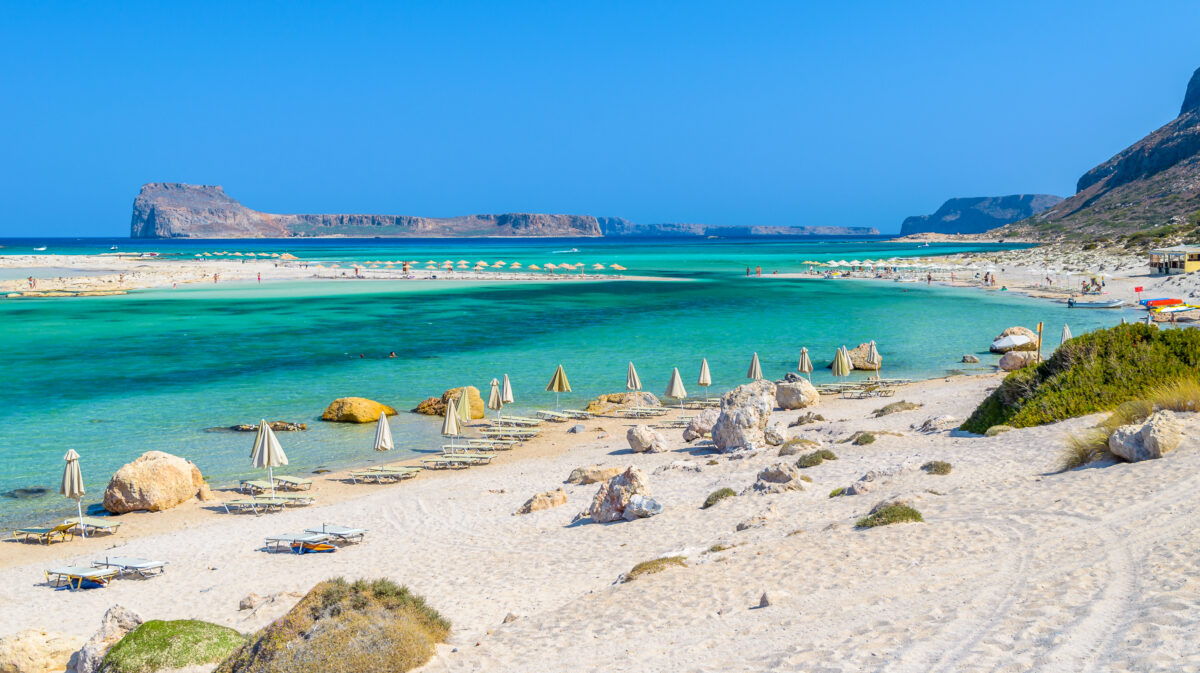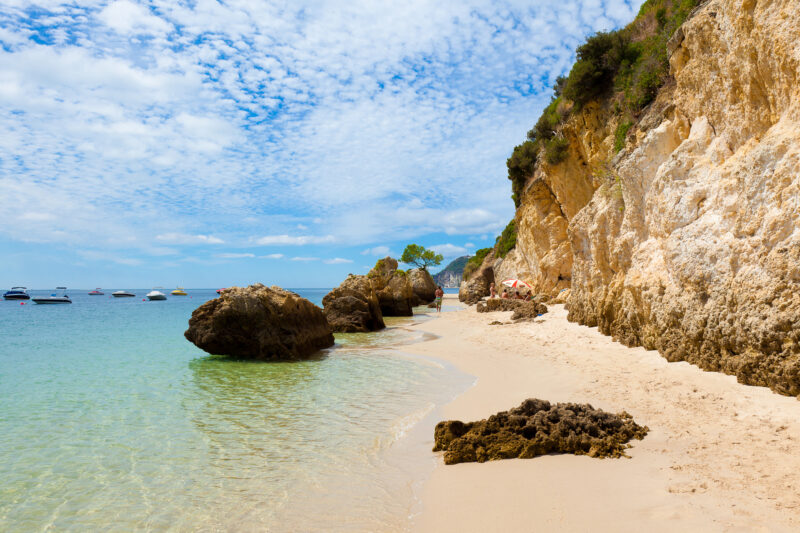When Condé Nast Traveler readers ranked the top islands in the world for 2025, Crete was named the No. 1 island in Europe.
That’s not surprising to this writer, as Crete is an island I could visit again and again. It’s the largest and one of the most diverse in Greece. In fact, the first time I explored it, I ended up extending my trip.

Why Crete?
Covering over 3,200 square miles, Crete is the country’s southernmost major island, boasting landscapes that include everything from soft sandy beaches lapped by crystal-clear turquoise waters to rugged mountains, canyons, and caves. There’s plenty of history to discover too, from Europe’s oldest city, the Minoan settlement known as Knossos Palace, dating between 1700 and 1400 BC, to the Old Venetian harbor in romantic Chania, and Spinalonga with its former leper colony. Plus, Cretan cuisine is focused around farm- and sea-to-table dishes, ensuring mouthwatering eats for fueling all your exploits.

World’s Most Beautiful Beach
Crete has become increasingly recognized for its beauty. Earlier this year, TripAdvisor named one of Crete’s beaches as the most beautiful on the planet. Elafonissi, located along the southwest coast, offers pink-tinted sands that are stunningly contrasted by brilliant blue water, a scene that’s often showcased on Instagram feeds.
There are many other impressive beaches throughout the island’s 650 miles of coastline, like Balos, one of my favorites. It can be accessed on foot by scrambling down the rugged, .85-mile trail from the parking area about 11 miles northwest of Kissamos, or on a boat tour. On an independent visit, arrive right around sunrise for the chance to take advantage of the swirling white sands and cobalt lagoon all to yourself.
When to Visit Crete
Crete is a year-round destination with a mild Mediterranean climate, but if you want to swim, it’s best to visit from late May through about mid-October, with the warmest water temperatures in August and early September. The biggest crowds arrive in July and August, so for a more peaceful experience, consider the earlier or later parts of that time frame: late May through mid-June or mid-September through mid-October.

Where to Stay
The most popular places to stay when visiting Crete include Heraklion, Rethymno, and Chania. Chania has a beautiful Venetian harbor and a romantic walled Old Town while providing an excellent base for day trips to Elafonissi Beach and Balos Lagoon. Rethymno offers a central location with a mix of beaches and history, with an Old Town dating to the 11th century featuring narrow cobbled streets and alleyways to wander. Heraklion is Crete’s largest city and a major transportation hub that includes an international airport and a ferry terminal. It’s the closest city to Knossos Palace and hosts the Heraklion Museum displaying many artifacts from the site.



